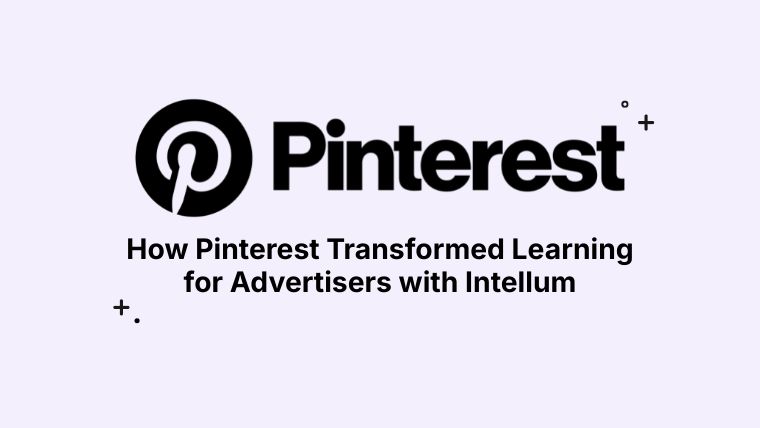In today's rapidly evolving educational landscape, the integration of artificial intelligence (AI) has become more than just a trend—it's a necessary tool that’s here to stay.
If you haven’t started using it, now’s a great time to get started. And yes, there are real obstacles to consider.
Our recent report on 2024 Trends in Customer and Partner Education and Enablement uncovered the top reasons customer and partner education leaders have yet to adopt AI to support their education programs.

This blog will address those reasons and discuss ways to navigate through the obstacles.
Reliability of Output
Have you heard of AI hallucinations? It’s when AI makes something up that wasn’t included in the prompt or source text. 😬 If the output isn’t guaranteed to be accurate, why would you trust AI to support your content creation?
Train your AI.
Because it can be trained. Training an AI tool like ChatGPT or Google's Gemini to understand your task is the first step in ensuring reliable output. Like training anything (a new employee), providing clear instruction, defining goals and objectives, and sharing practical examples are all important components to reaching your end goal.
Training AI is no different: you must feed it all the information about the task (i.e., what it is, contextual details, tone and audience, etc), so it can help you complete your task. That task could take the form of writing course learning objectives or generating assessment questions.
Pro Tip: Before you submit any data to your AI tool of choice, make sure you’re using a secure AI environment that’s keeping your IP protected (and not being used to train open AI models). We’ll talk more about that later.
Create a rubric to assess output.
Try using a rubric to understand the quality of AI’s output. This will help you quickly assess whether or not the output meets your standards.
To create your rubric, assign a score of 1 to 4 for each criterion, with 4 being the highest score indicating exemplary performance and 1 indicating needs improvement.
Here’s an example rubric Doug Pietrzak, Founder of FreshCognate, created and shared to measure AI-generated learning objectives:

It can be easy to get discouraged if the immediate output isn’t exemplary quality, but remember, even humans don't get it right the first time! Just like you’d provide feedback to a new team member, provide feedback to your AI to get better output as you go.
Learning Curve
When learning something new, it’s always important to start with the basics. What is it? How does it work? What amount of training is required to understand or learn it? How is it going to help me?
Sometimes answering these questions takes time, but to get started, think of learning how to use AI as a professional development opportunity. In doing so, you collectively discover how the tool works and provide the chance for you and your team to uplevel your skills. Both free and paid courses are available – Zapier offers this short list as a place to get started.
And remember, mastering the use of AI is not a one and done solution. Experimentation, agility, and testing are all key components of learning AI. Consider these trainings as a starting point:
- Google’s Introduction to Generative AI
- CloudShare’s Six Disciplines for Using Artificial Intelligence in Customer Education
- AWS’s Introduction to Generative AI - Art of the Possible
Security and Legal Constraints
It’s true, there are versions of AI that use the data you feed it to train its models. But there are ways to prevent that! Here are some practical steps you can take to ensure your IP remains protected (some or all of these may apply):
- Work closely with your IT and legal teams to ensure that all data protection measures are in place and that the use of the AI tool complies with relevant regulations and standards.
- Establish clear legal agreements or contracts with the AI service provider that explicitly state how your data can and cannot be used.
- Use a self-hosted AI solution or purchase a corporate enterprise subscription where you have full control over your data and how it is used.
- Look for and utilize any available options to opt-out of data usage for training purposes. Many AI tools offer settings to exclude your data from being used to improve their models.
What the Data Says
Despite these obstacles, 78% of partner and customer education executives surveyed in our report expect AI to start making a significant impact on their education programs by early 2025.
This means the time is now to begin learning how, where, and when you can incorporate AI into your education workflows.




.png)

